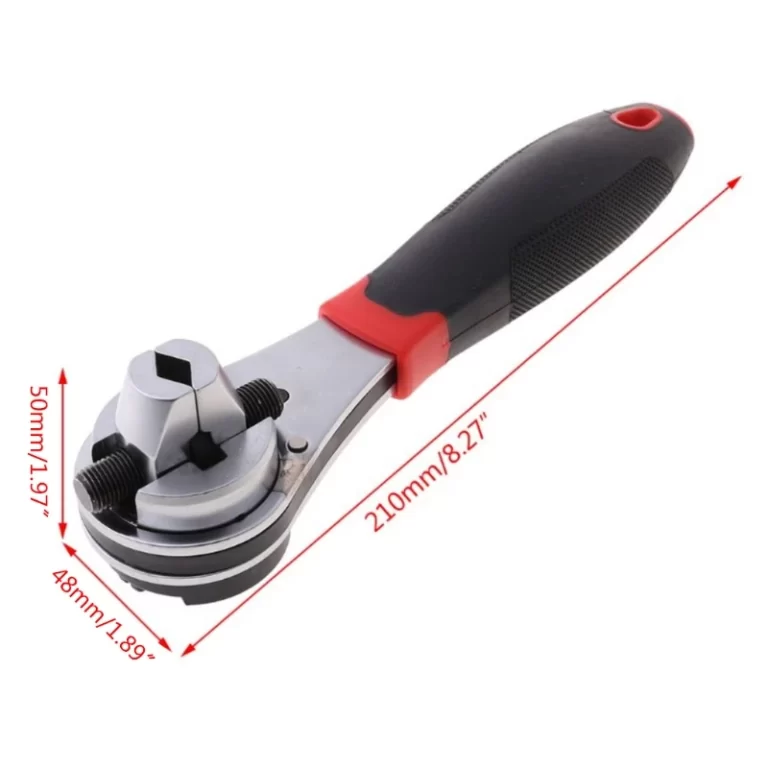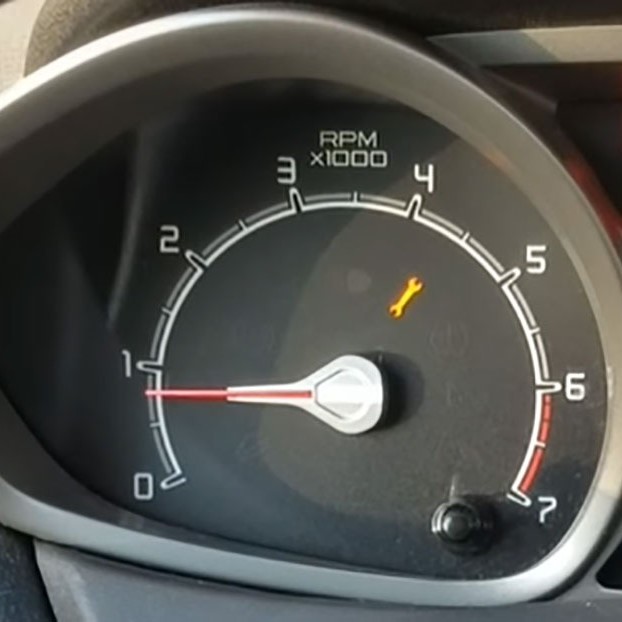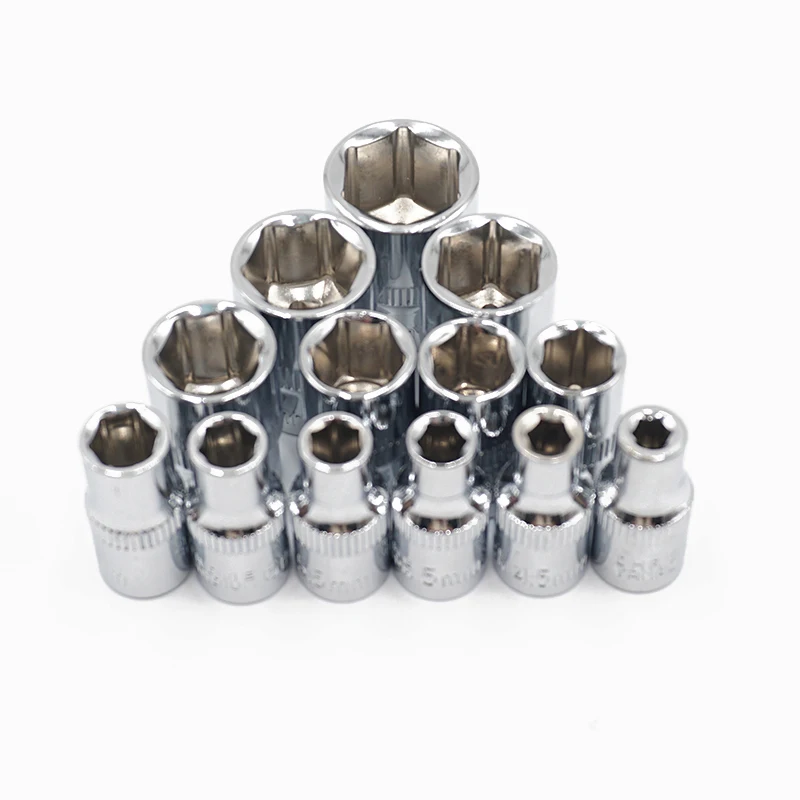
Why the 10mm Socket Wrench Is a Must-Have in Every Tool Kit
When it comes to tackling automotive repairs, home improvements, or mechanical fixes, one tool stands out for its frequent use and reliability—the 10mm socket wrench. This small but powerful tool is essential for anyone working with bolts and nuts commonly found in cars, appliances, bicycles, and machinery. Whether you’re changing brake pads, assembling furniture, or repairing an engine, the 10mm socket wrench consistently proves its worth. Its size fits a wide range of fasteners, especially in European and Asian vehicles, making it a go-to choice for both professionals and hobbyists.
As we explore the benefits, types, and uses of this indispensable tool, you’ll understand why the 10mm socket wrench deserves a permanent spot in your toolbox.
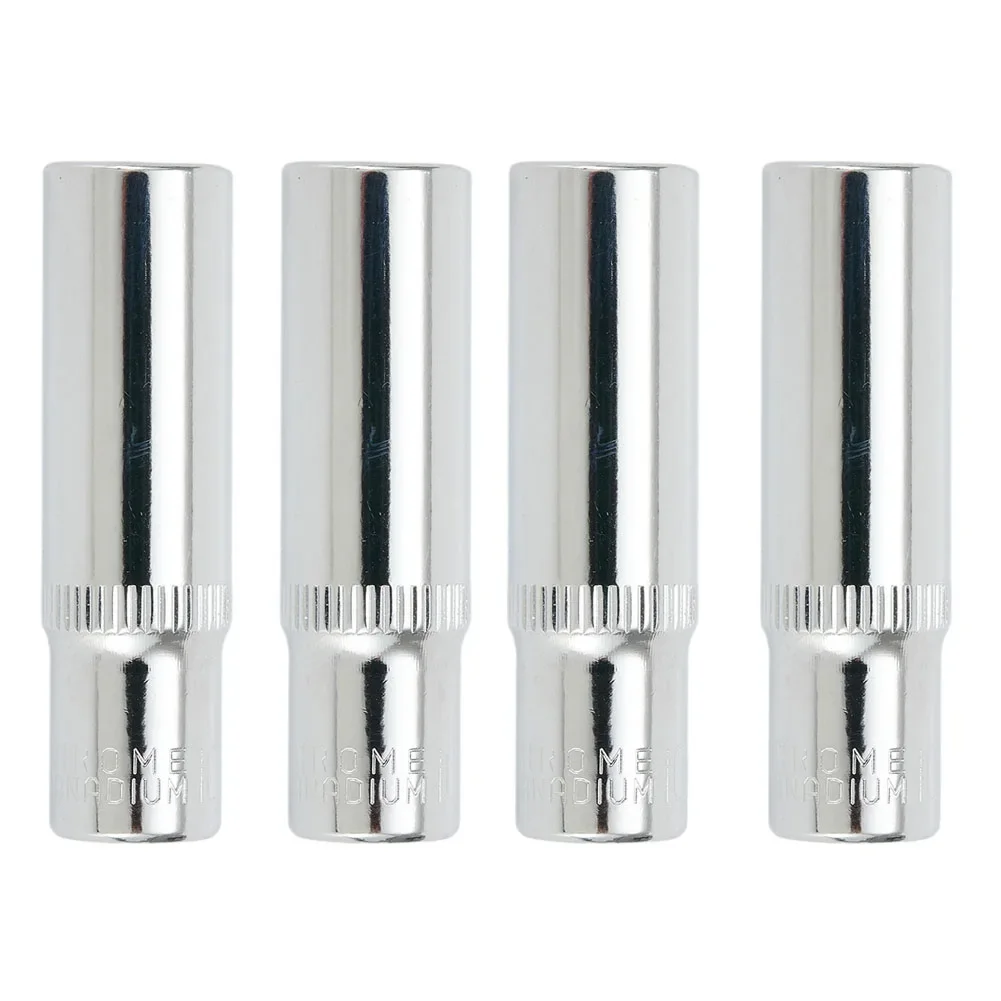 What is a 10mm Socket Wrench?
What is a 10mm Socket Wrench?
A 10mm socket wrench is a versatile tool for tightening or loosening fasteners. It is a crucial part of many toolkits and is widely used across various industries. This tool works with a ratchet or handle to provide torque and quick action.
Overview of a 10mm socket wrench
A 10mm socket wrench is specifically designed to work with 10mm fasteners. It consists of a cylindrical metal socket that fits snugly over the fastener head. The socket has a square recess that connects to a ratchet or a wrench handle. This combination allows effective torque application and fast rotation. These wrenches are typically made of heat-treated steel to provide strength and durability.
Common uses and applications
The 10mm socket wrench is commonly used for automotive repairs. It is ideal for tightening or loosening bolts on car engines, brake systems, or interior components. Mechanics frequently use it on alternators, headlights, and battery terminals. Outside of automotive work, it serves well in assembling furniture, fixing bicycles, or working on household appliances. Electricians also rely on it for specific tasks involving bolts or nuts of this size. This versatility makes it a must-have for professionals and DIY enthusiasts alike.
Types of Socket Wrenches
Socket wrenches come in various types to suit different tasks. Choosing the correct type improves efficiency and safety. Below are common variations of 10mm socket wrenches.
Standard vs Deep sockets
Standard sockets are shorter and ideal for shallow bolts and nuts. They are great for confined spaces where depth is limited.
Deep sockets, on the other hand, are longer and designed for bolts with extended threads. These sockets can reach fasteners recessed within components, offering better coverage.
Both types serve specific purposes, so understanding your task helps decide which socket works best.
Impact vs Hand sockets
Impact sockets are stronger and built for high-torque tools like impact wrenches. They are made of thick, durable metal and coated to handle frequent shocks.
Hand sockets are thinner and lighter, optimized for manual tools like ratchets. They excel in delicate tasks requiring controlled force but are unsuitable for high-impact work.
If you’re using power tools, always choose impact sockets for safety and durability.
Metric vs SAE sockets
Metric sockets are measured in millimeters (like a 10mm socket wrench). They are essential for working on vehicles manufactured outside the U.S. or modern equipment.
SAE (Society of Automotive Engineers) sockets use inches and are common in older American-made products. It is crucial to match the socket type to the fastener measurement to avoid damage.
Understanding the difference ensures precision and protects both tools and fasteners during use.
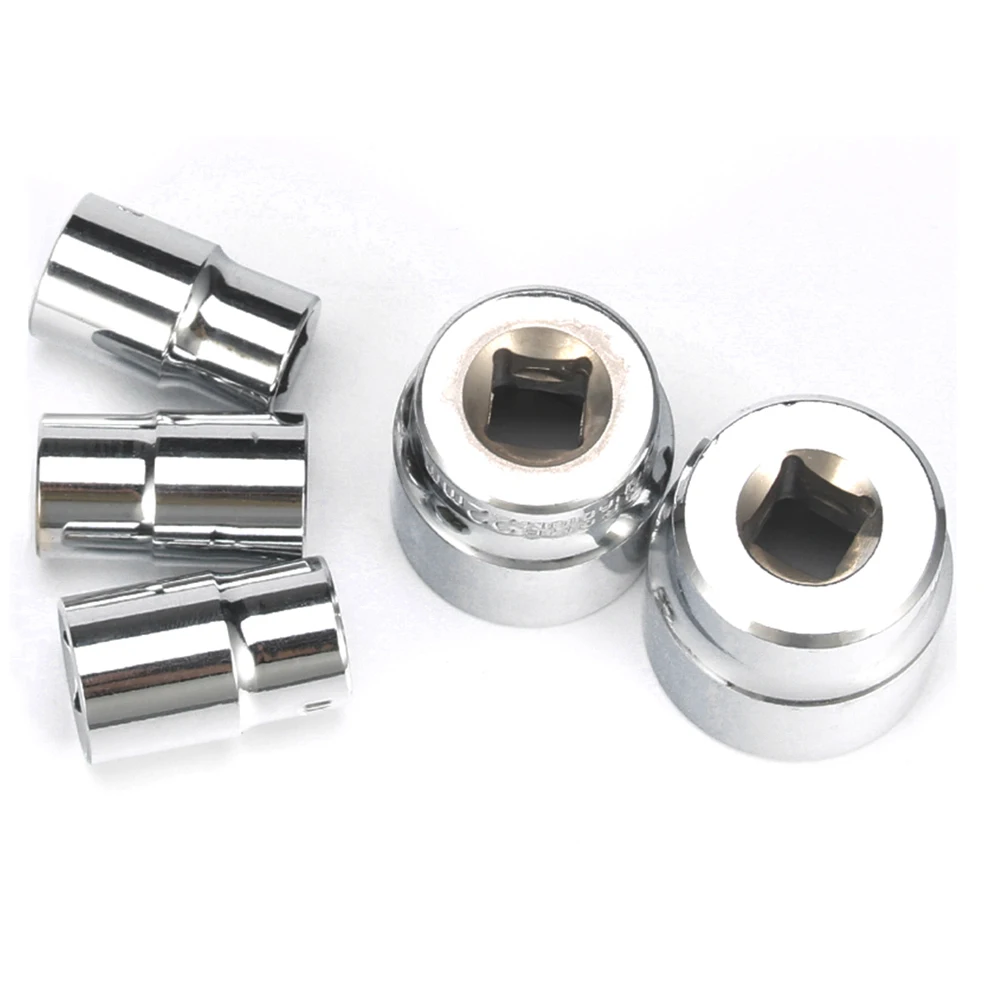 How to Choose the Right Socket Wrench
How to Choose the Right Socket Wrench
Choosing the right 10mm socket wrench ensures efficient and safe work. Factors like material, compatibility, and brand matter.
Material and durability
Look for socket wrenches made of durable, heat-treated steel. This material resists wear and tear. Chrome vanadium steel is popular for its toughness and longevity. Avoid flimsy materials as they might break under pressure. High-quality construction ensures reliable usage and minimizes damage to fasteners.
Drive size compatibility
Socket wrenches come in various drive sizes like 1/4-inch, 3/8-inch, or 1/2-inch. Match the drive size to your ratchet or power tool. Using incompatible sizes can reduce torque efficiency and damage the tool. Most tasks work well with a 3/8-inch drive, but larger drives suit heavy-duty jobs.
Brand and reliability
Choose trusted brands known for quality tools. Reputable companies like Snap-on, Craftsman, or DeWalt offer durable products. Avoid generic brands as they may fail to meet professional standards. Investing in a reliable brand guarantees consistent performance and better warranties.
Proper Techniques for Using a Socket Wrench
Using a 10mm socket wrench properly is key to efficiency and tool longevity. Whether you’re handling automotive repairs or household tasks, mastering the right techniques saves time and prevents damage. Below are some essential practices to follow.
Ensuring secure fitment
- Align the socket correctly: Ensure the 10mm socket fits snugly on the fastener. Misalignment can strip bolts.
- Check for wear or damage: Inspect the socket and ratchet for cracks or defects before use. Faulty tools can cause slippage.
- Hold the tool firmly: Grip the ratchet handle securely to maintain control during operation. This reduces the risk of accidents.
- Use the locking mechanism: If your ratchet has a locking pin or device, engage it to keep the socket in place.
Applying the right amount of force
- Start gently: Apply gradual pressure when tightening or loosening bolts. Aggressive force can strip threads.
- Use a torque wrench if needed: For critical tasks, ensure you apply the specified torque to prevent over-tightening.
- Avoid sudden jerks: Smooth, consistent movements are better than quick, forceful yanks. Jerking can damage fasteners.
- Know your limits: If the bolt doesn’t move, stop and reassess. Forcing it can break the socket or bolt.
Using extensions and adapters effectively
- Choose the right extension length: Extensions help reach bolts in tight spaces. Select one that matches your workspace.
- Inspect adapters: If switching drive sizes, make sure adapters fit securely to avoid disconnects.
- Maintain alignment: Keep the socket, extension, and ratchet properly aligned for smooth operation.
- Avoid overextending: Long extensions increase torque loss. Use the shortest extension possible for better efficiency.
By following these proper techniques, you ensure a smooth and safe experience with your 10mm socket wrench. Practicing these tips minimizes tool wear and enhances your results.
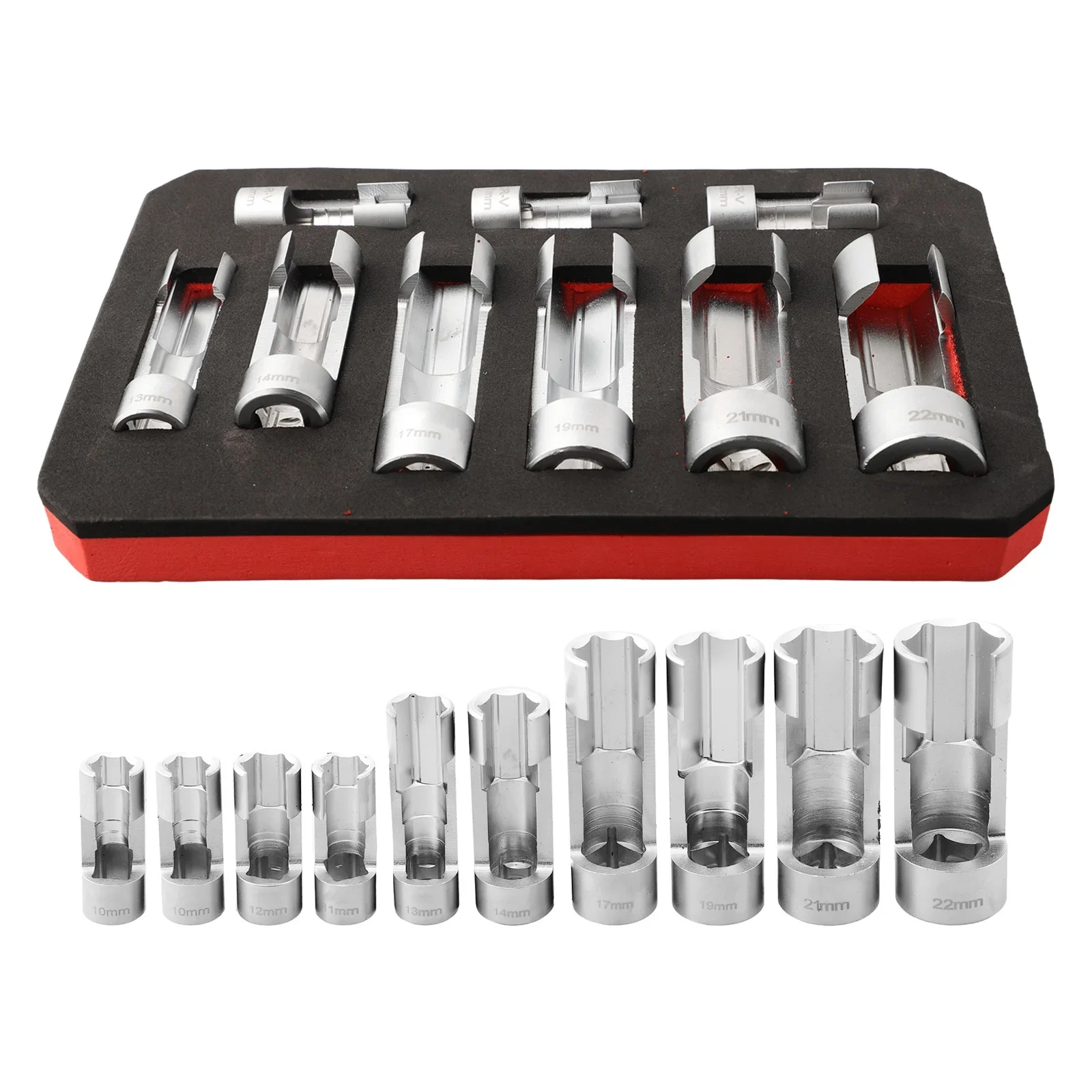 Safety Tips When Using a Socket Wrench
Safety Tips When Using a Socket Wrench
Safety is critical when using a 10mm socket wrench. Follow these tips to avoid accidents and injury.
Preventing injuries from over-torquing
- Use a torque wrench for precision: Prevent over-tightening by using a torque wrench for specific measurements.
- Follow manufacturer guidelines: Stick to recommended torque values to avoid damaging tools or fasteners.
- Stop when resistance is too high: Forcing a fastener can cause it to break or strip.
- Avoid power tools for delicate tasks: Use manual tools for more control when working with smaller bolts.
- Inspect fasteners before use: Check for rust or deformities that can fail under torque pressure.
Proper hand and body positioning
- Maintain a firm grip: Hold the wrench handle securely to control force and prevent slipping.
- Position your body correctly: Stand to the side instead of behind the tool to avoid injuries.
- Pull, don’t push: Pull the wrench towards you to maintain steadiness and reduce strain.
- Use both hands when needed: For better control, especially with high-torque applications, use both hands.
- Wear safety gloves: Gloves enhance grip and protect against sharp edges or hot surfaces.
Following these safety tips minimizes risks and ensures an efficient and secure experience with your 10mm socket wrench.
Maintenance and Storage of Your Socket Wrench
Proper maintenance and storage extend the life of your 10mm socket wrench. Regular care ensures optimal performance.
Cleaning tips after use
- Wipe after every use: Remove dirt and grease immediately to prevent buildup.
- Use a soft cloth: Avoid abrasive materials that can scratch or damage the metal surface.
- Wash with mild detergent: Use warm water with mild soap for tougher grime.
- Dry thoroughly: Prevent moisture from lingering, which can cause rust.
- Inspect for damage: Check for cracks or wear before storing the tool.
Preventing rust and corrosion
- Apply lubricant regularly: Use a light oil to protect the metal and ensure smooth operation.
- Store in a dry area: Moisture accelerates rust; keep tools in low-humidity spaces.
- Use silica gel packs: Place them with your wrench to absorb excess moisture.
- Coat with rust inhibitor: Apply anti-corrosion sprays for added protection.
- Avoid abrasive cleaners: Harsh chemicals may strip protective coatings.
Recommended storage practices
- Use a tool organizer: Keep your wrench in a case or toolbox to avoid misplacement.
- Separate sizes: Store sockets and tools by size for easy access.
- Avoid cluttered spaces: This minimizes accidental damage and ensures ease of retrieval.
- Hang tools if possible: Hanging avoids contact with surfaces that may trap moisture.
- Label storage areas: Clear labeling helps locate your tools quickly.
By following these maintenance and storage tips, your 10mm socket wrench will last longer and perform reliably.
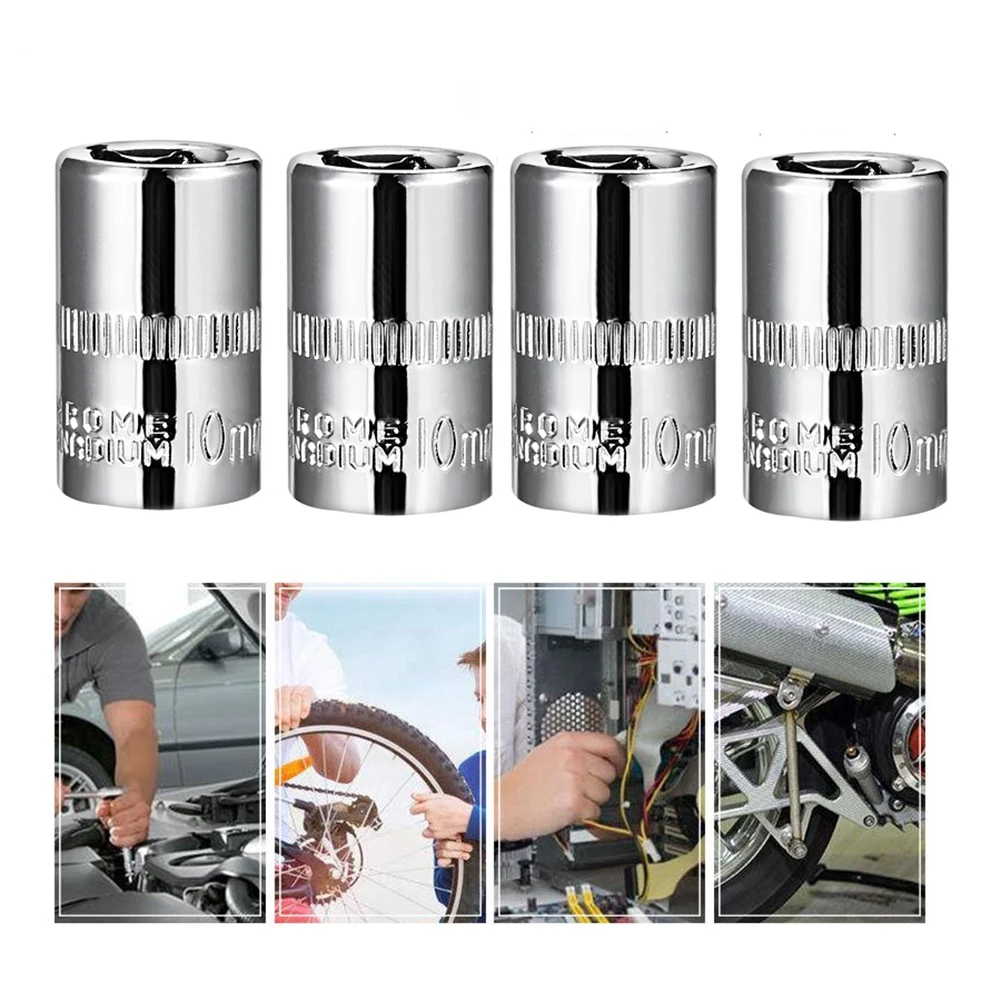 Common Mistakes to Avoid
Common Mistakes to Avoid
Misusing socket wrenches
- Incorrect tool pairing: Avoid using a 10mm socket wrench with incompatible ratchets or extensions.
- Over-torquing: Do not use excessive force, as it can damage the fastener or wrench.
- Skipping inspections: Always check the wrench and socket for cracks or wear before use.
- Using the wrong technique: Jerking or sudden movements can weaken fasteners and cause accidents.
- Ignoring workspace limitations: Ensure the tool fits comfortably in the working area to avoid frustrations.
Choosing the wrong socket size
- Mismatch with fastener size: Using a socket too large or small can strip bolts.
- Ignoring fastener type: Choose metric sockets for metric fasteners like the 10mm size.
- Overlooking bolt head condition: Worn or rounded fastener heads need specialized sockets for a secure fit.
- Skipping a proper test-fit: Always test the socket on the fastener before applying torque.
- Neglecting task-specific needs: Deep sockets, hand sockets, or impact sockets may be required for specific jobs.
By avoiding these common mistakes, you ensure safer and more efficient use of your 10mm socket wrench.
Frequently Asked Questions
Can I use a 10mm socket wrench on stripped bolts?
Sometimes. If the damage is minor, a six-point socket may still grip. Otherwise, use a bolt extractor or upgrade to a larger size carefully.
Is the 10mm socket wrench compatible with electric drills?
Yes, if it’s impact-rated. Regular sockets may break under high torque. Always check manufacturer guidelines before attaching to power tools.
What’s the difference between metric and SAE sockets?
Metric sizes like 10mm are measured in millimeters. SAE (Standard) sizes use inches. Never mix them—it causes slippage and damage.
Do I need a special adapter for my 10mm socket?
Only if changing drive sizes. For example, a ¼-inch to 3/8-inch adapter lets you use smaller ratchets with larger sockets.
Can I wash my 10mm socket wrench with water?
Yes, but dry it immediately. Soap and water remove grime, but moisture leads to rust. Use a clean cloth and apply light oil afterward.
Are magnetic 10mm sockets safe for electronics?
Use caution. Strong magnets may affect sensitive circuits. For computer or phone repairs, opt for non-magnetic tools.
How do I store my 10mm socket wrench properly?
Keep it in a dry toolbox. Use organizers to prevent contact with other metal tools. This avoids scratches and maintains alignment.
 Final Thoughts
Final Thoughts
The 10mm socket wrench remains one of the most practical tools for everyday repairs. From changing a tire to rebuilding an engine, its presence simplifies countless tasks. Moreover, its widespread compatibility ensures long-term usefulness across projects. Whether you’re a beginner or seasoned mechanic, having this tool saves time and effort.
Additionally, advancements in design continue to improve performance. Modern versions offer better grip, smoother ratcheting, and enhanced durability. As a result, even basic models deliver reliable service. Furthermore, prices remain affordable, making it accessible to all budgets.
Most importantly, the 10mm socket wrench solves real problems. It reduces physical strain, prevents fastener damage, and increases work speed. These benefits compound over time, justifying the small investment.
In conclusion, no toolkit is complete without a dependable 10mm socket wrench. Its role in automotive, household, and industrial settings cannot be overstated. And as long as 10mm fasteners exist, this tool will remain relevant. So if you haven’t added one yet, now is the perfect time—because every great repair starts with the right tool. Remember, the answer to better maintenance might just be a single 10mm socket wrench.
